Inside our homes we arrange our furniture to make us feel comfortable within our space. If the furniture is too close together it makes the room seem crowded; if it is spaced too far apart the room can feel featureless. This balance between the bulky items (mass) and the open space (the void), is vital in our gardens as much as it is in our houses.
We think a lot about how we use shapes when designing gardens, but shape is really just the formation of lines to create a two-dimensional object. In garden design terms, shape is just an abstract idea; it needs the third dimension that we find in mass.
Mass is anything that has volume or is solid, such as buildings. But most important for gardens it includes plants, hedges and trees. The opposite of mass is empty space — the void. In gardening this is lawns, paving and water.
Let's look at some examples of gardens where mass and void are used to best effect and especially how the plantings are one of the main ingredients.
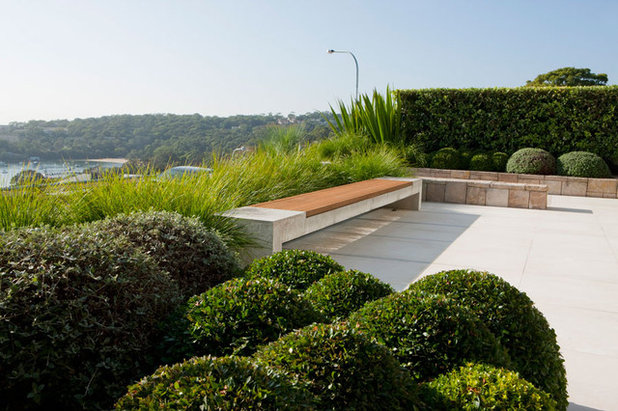
Secret Gardens
Gardens usually have one-third mass to two-thirds void. The more mass you have, such as the evergreens used here, the more enclosed the garden will feel, whereas more open space creates more of a void.
The open paved space here is the void; it allows open views out of the garden.
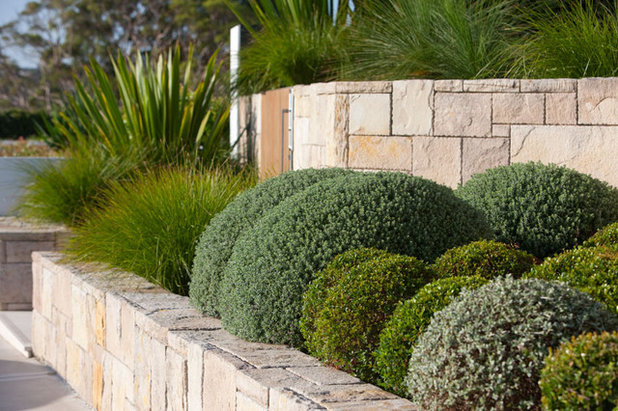
Secret Gardens
When we talk about mass in garden design, we are not talking about mass planting — a planting of a large group of the same variety or species — but about the three-dimensional nature of the effect of using these plants.
The mixed planting in this border shows that it is not just globular evergreens that create this feeling of mass, but also the close planting of grasses and phormiums.
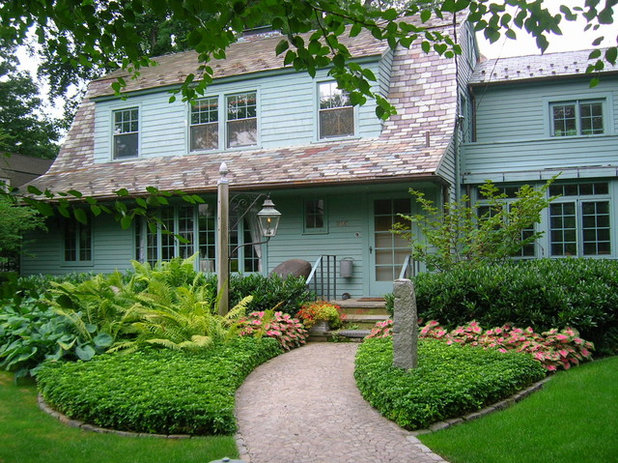
We can clearly see in this planting scheme how the use of mass in the planting creates that feeling of enclosure.
To create an area of planted mass, you don't have use evergreens exclusively. As a rule of thumb, designs typically consist of one-third evergreens to two-thirds deciduous plantings, or vice versa.
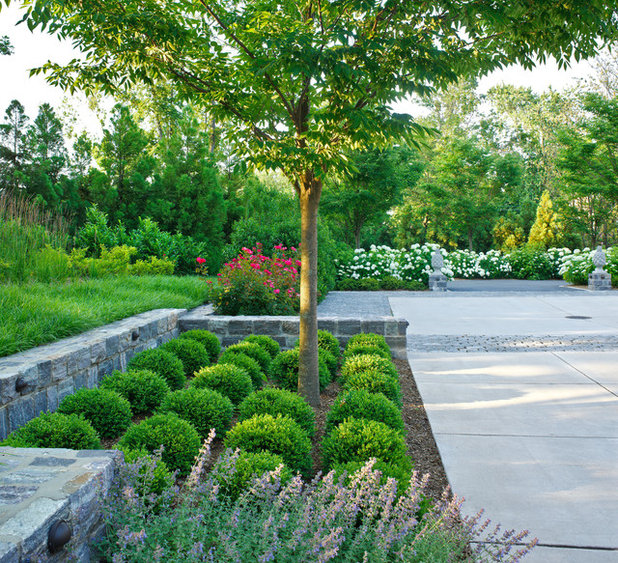
Katia Goffin Gardens
Though what and where we plant are vital to our mass-void balance, other factors can come into play.
At midday, when the sun is high in the sky and there are few or no shadows cast, any plants or structures will appear reduced in mass. Later in the day, shadows will be much longer, making any plant or structure appear to be greater in mass.
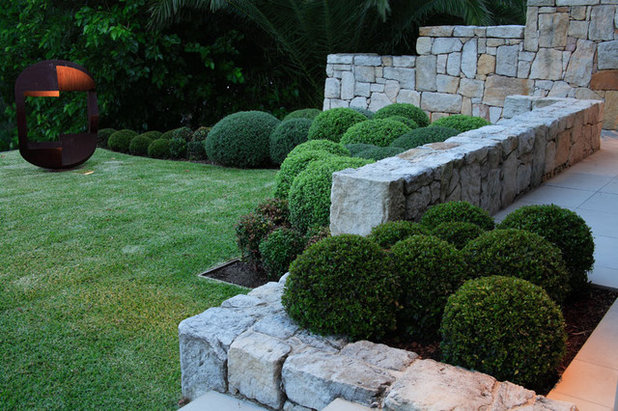
Secret Gardens
In most gardens it is important to get the right balance. Here we can see the balance between the mass — formed by the stone walls and the clipped boxwood — and the void of the lawn.
To know whether spaces in your garden design work you can look at the ratio between the amount of mass and void. Generally a design requires 20 to 40 percent mass for an interesting and workable space.
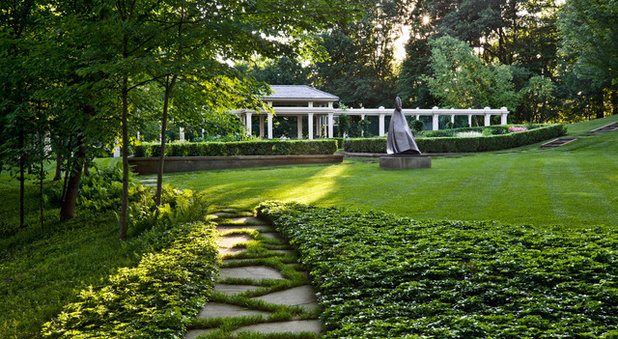
Windsor Companies
Some gardens are designed so that the void takes priority over the mass.
Both the lawn and the ground cover planting of pachysandra, hosta and heuchera create an open space here that gives a clear view of the mass of the bronze statue.
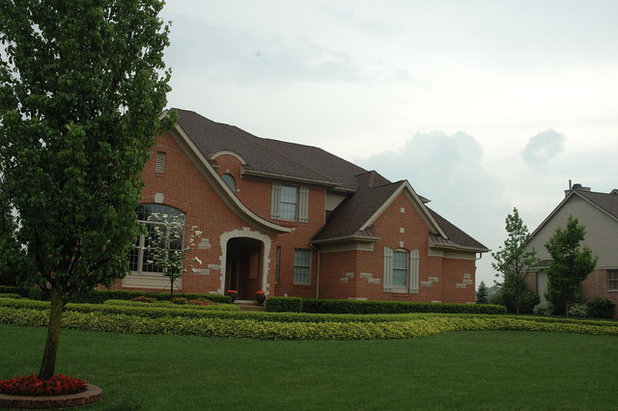
Land Architects, Inc.
Sometimes a garden design requires minimal mass to create an expansive, open feel.
Any mass in this garden is provided by the low swirls of clipped boxwood and pachysandra that snake at the edge of the lawn. Without this planting, the garden might lack interest and texture.
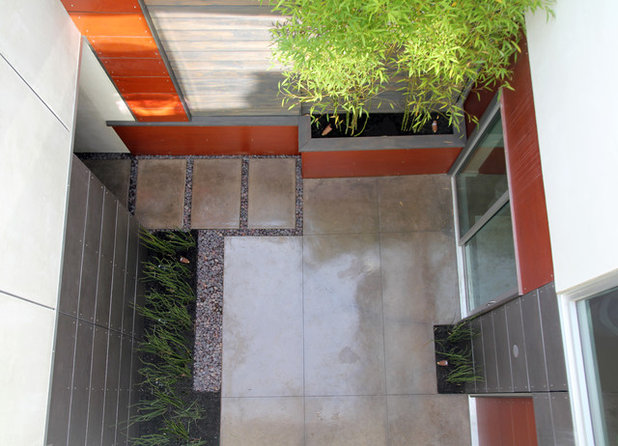
Boxleaf Design, Inc.
Sometimes the void is the perfect problem solver in a garden design. This enclosed courtyard could have been dark and oppressive, but because there are few mass features — even the planting is very light — it feels light and open.
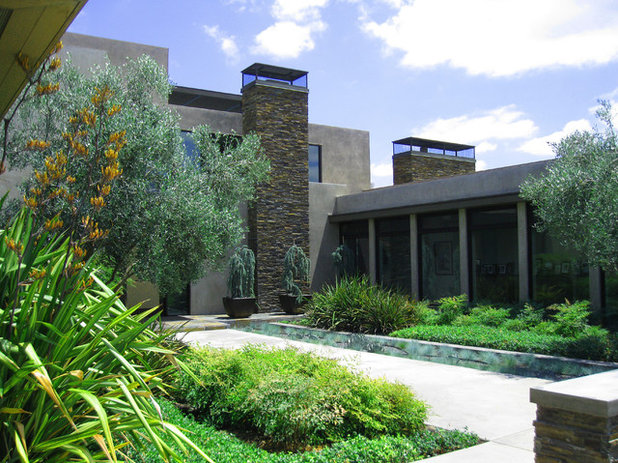
Westfall Design Studio
When the correct balance between the mass and the void is achieved, we see how visually pleasing the result is. Here the mixture of deciduous and evergreen plantings in the formal borders is in the correct ratio, with the void created by wide concrete walkways.





